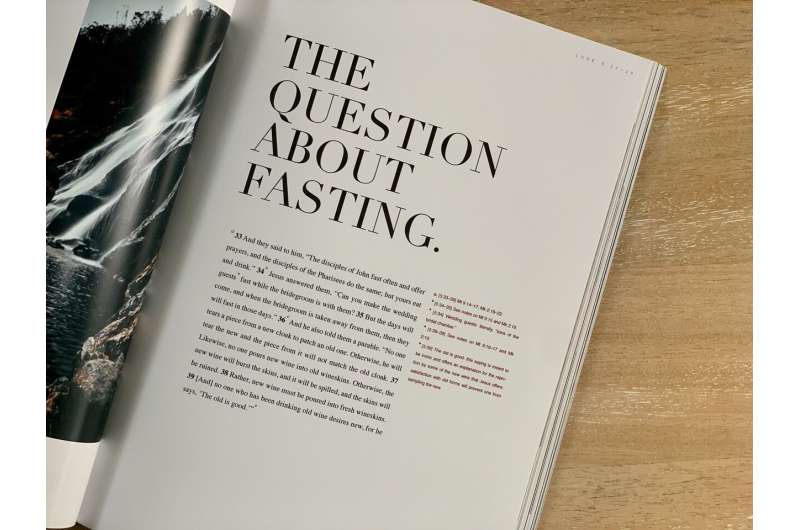Should I Avoid Matcha if I Have Low Iron? Separating Fact from Social Media Myths

Discover the truth about matcha and its impact on iron levels. Learn how to enjoy this popular tea without risking iron deficiency through proper timing and dietary habits.
The popularity of matcha, a powdered green tea from Camellia sinensis leaves, continues to grow as it is incorporated into various foods and beverages worldwide. While many enjoy its health benefits, recent social media posts, particularly on TikTok, have raised concerns about its impact on iron levels, especially for individuals with existing iron deficiency.
Matcha contains beneficial compounds such as dietary fiber, polyphenols, and caffeine, which can support brain health and blood pressure regulation when consumed as part of a balanced diet. However, research indicates that excessive intake of green tea, including matcha, may interfere with iron absorption because of components like polyphenols and phytic acid. These substances bind to iron, reducing its bioavailability, and can influence iron status over time.
Iron is an essential micronutrient vital for transporting oxygen and maintaining overall health. Since the body cannot produce iron naturally, it must be obtained through diet. Foods rich in iron include beans, lentils, red meats, fish, and fortified cereals. Nevertheless, certain dietary factors like tea, coffee, calcium, and phytate-rich foods can hinder iron absorption, particularly problematic for those with low iron stores or increased needs, such as menstruating women.
Studies show that consuming three or more cups of green tea daily may lower blood iron levels, although this does not necessarily lead to iron deficiency for everyone. Conversely, some research links moderate green tea intake with increased risk of iron deficiency anemia, especially when combined with other dietary factors.
The amount of matcha that could impact iron levels varies between individuals. The low quantities used in flavored foods like matcha ice cream are unlikely to significantly affect iron absorption. To mitigate potential effects, it is recommended to consume green tea separately from meals, ideally at least an hour before or after eating.
Other dietary strategies to promote iron absorption include eating vitamin C-rich foods alongside iron sources and maintaining a balanced intake of nutrients. If you suspect low iron levels or experience symptoms like fatigue, weakness, or dizziness, consulting a healthcare professional is advised. A simple blood test can determine your iron status, and tailored advice or supplementation may be necessary.
In summary, while matcha offers health benefits, excessive consumption might influence iron levels in susceptible individuals. Moderation, timing, and dietary balance are key to enjoying its benefits without compromising iron health.
Source: https://medicalxpress.com/news/2025-09-tiktok-matcha-iron.html
Stay Updated with Mia's Feed
Get the latest health & wellness insights delivered straight to your inbox.
Related Articles
Enhancing Dietary Fiber in Britain: A Collective Effort Towards Better Health
A comprehensive review highlights the urgent need to increase dietary fiber intake in the UK through policy, food reformulation, and public education to combat chronic diseases and improve public health.
Cruciferous Vegetables Support Blood Sugar Regulation and Heart Health
New research shows that cruciferous vegetables like broccoli and kale can help regulate blood sugar levels, offering potential benefits for those at risk of diabetes and heart disease.
Starting a Brain-Healthy Diet at Any Age Can Help Prevent Dementia
Recent studies highlight that following the MIND diet—a blend of Mediterranean and DASH diets—can significantly reduce dementia risk. Improving dietary habits at any age may help prevent cognitive decline, especially among diverse racial groups.



